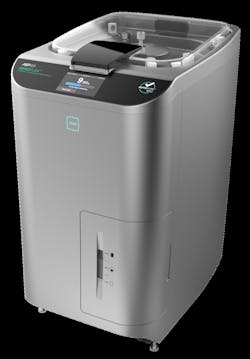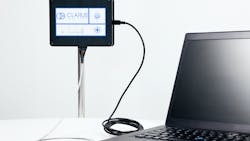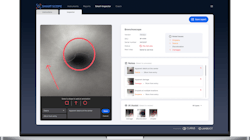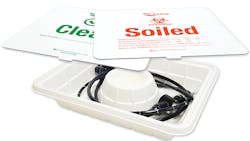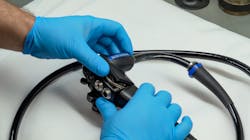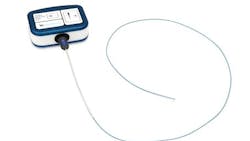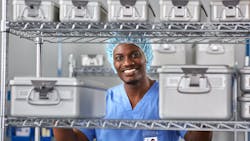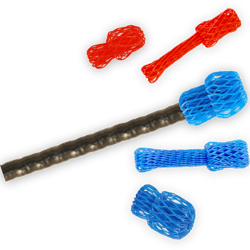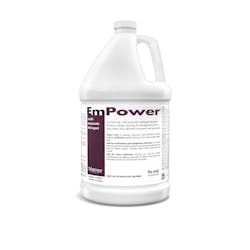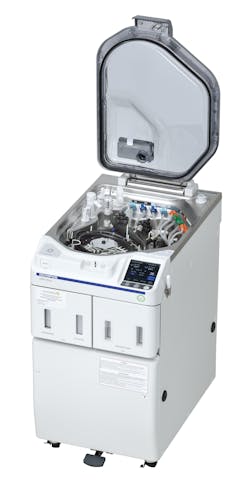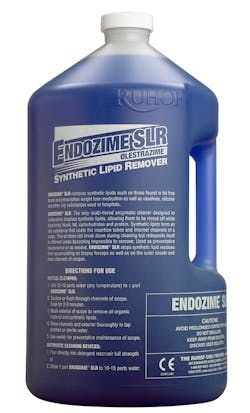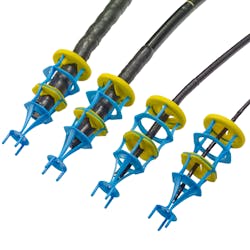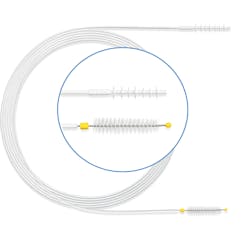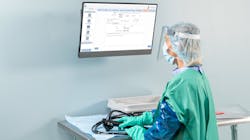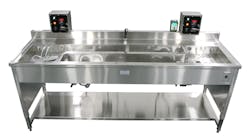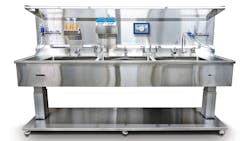HPN asked vendors in the endoscope-reprocessing space to provide information on their latest endoscope care products and services. Here’s what they offered:
SP departments setting out on a journey to become a high-reliability organizations (HRO) should look to Ambu as an ideal process improvement partner. The company’s single-use endoscopy platform means:
· Scopes are not delayed waiting to be cleaned
· No need to incur courier costs to get scopes to and from outreach clinics
· Avoid investments in expensive high-level disinfection equipment
· Can reinvest resources for new service lines in patient communities
*In countries where distributed. Includes wash, HLD, rinses, MRC testing, and alcohol flush. For all qualified endoscopes except duodenoscopes, which require additional time. Assuming nominal conditions for water pressure, flow rate, and temperature.
Reusable transport containers are ideal in certain scenarios but present challenges in others. When it comes to transporting flexible endoscopes, the common practice involves cleaning reusable containers using surface disinfection wipes. When these containers are nested together, inadequate disinfectant contact time can transfer the viable contaminants from the interior of one container to the exterior of the container nested within it, creating a break in the infection control chain.
Encore Medical Device Repair: “Endoscopes can cost $50,000 or more and require careful handling,” said Kevin Liszewski, CEO, Encore Medical Device Repair. “Historically, the instrument manufacturing and repair industries have failed to educate SP teams on how to treat these instruments as assets rather than basic reusables. Encore Medical Device Repair shifts this paradigm by providing holistic, transparent device lifecycle management, while reducing unrepairable rates to drive tremendous cost savings.
The FIS-007 also offers users the option to document photos and videos of lumens and crevices not visible to the unaided eye (these features only available for the USB control box with FIS-007 software, which is included and installs on Windows 10 & 11 PCs).
At each point of the workflow, from bedside pre-cleaning, leak testing, manual cleaning, brush selection, and the times and standards for each, the prescribed work and methodology is provided to the technician and the system records that the work is done properly and that the needed outcomes have been achieved. As a result, the system then provides electronic procedure- and audit-ready documentation of all activities related to reprocessing our flexible scopes.
Coming soon is Torvan Medical’s fully automated eSink, with automated endoscope flushing and programmable workflow software to help reprocessing technicians work faster, easier, and more accurately.

Kara Nadeau | Senior Contributing Editor
Kara Nadeau is Sterile Processing Editor for Healthcare Purchasing News.


